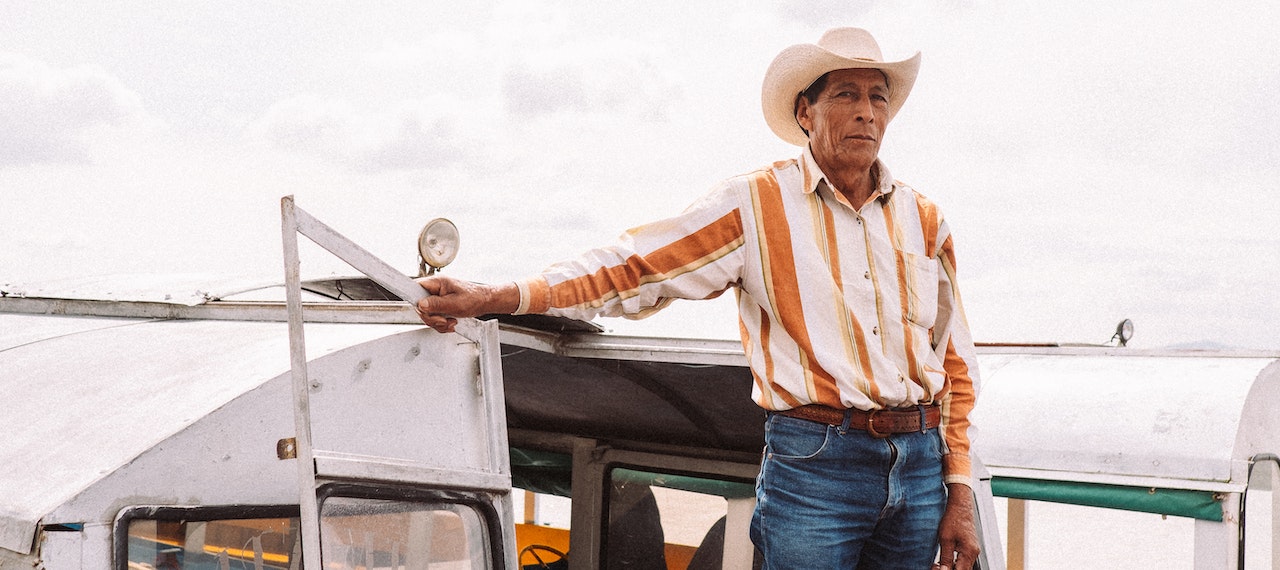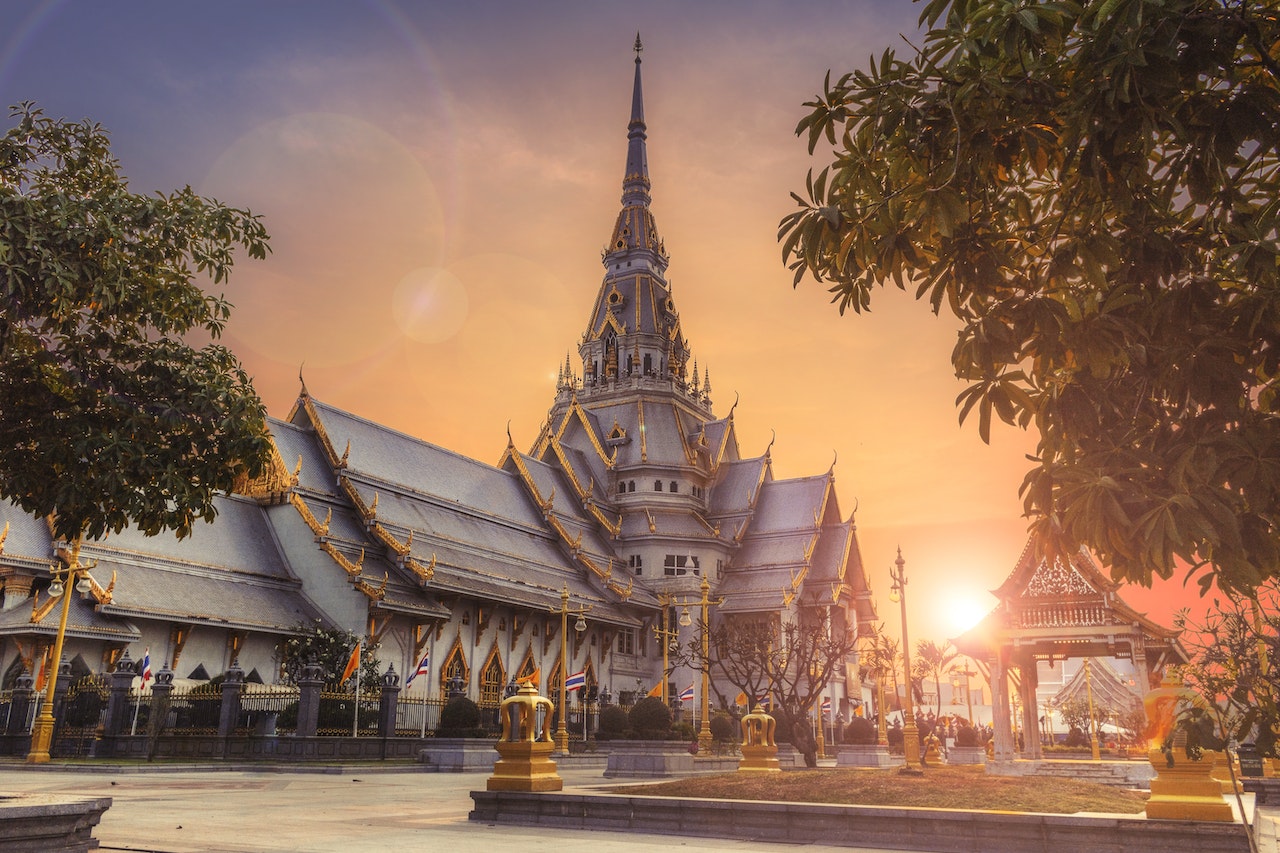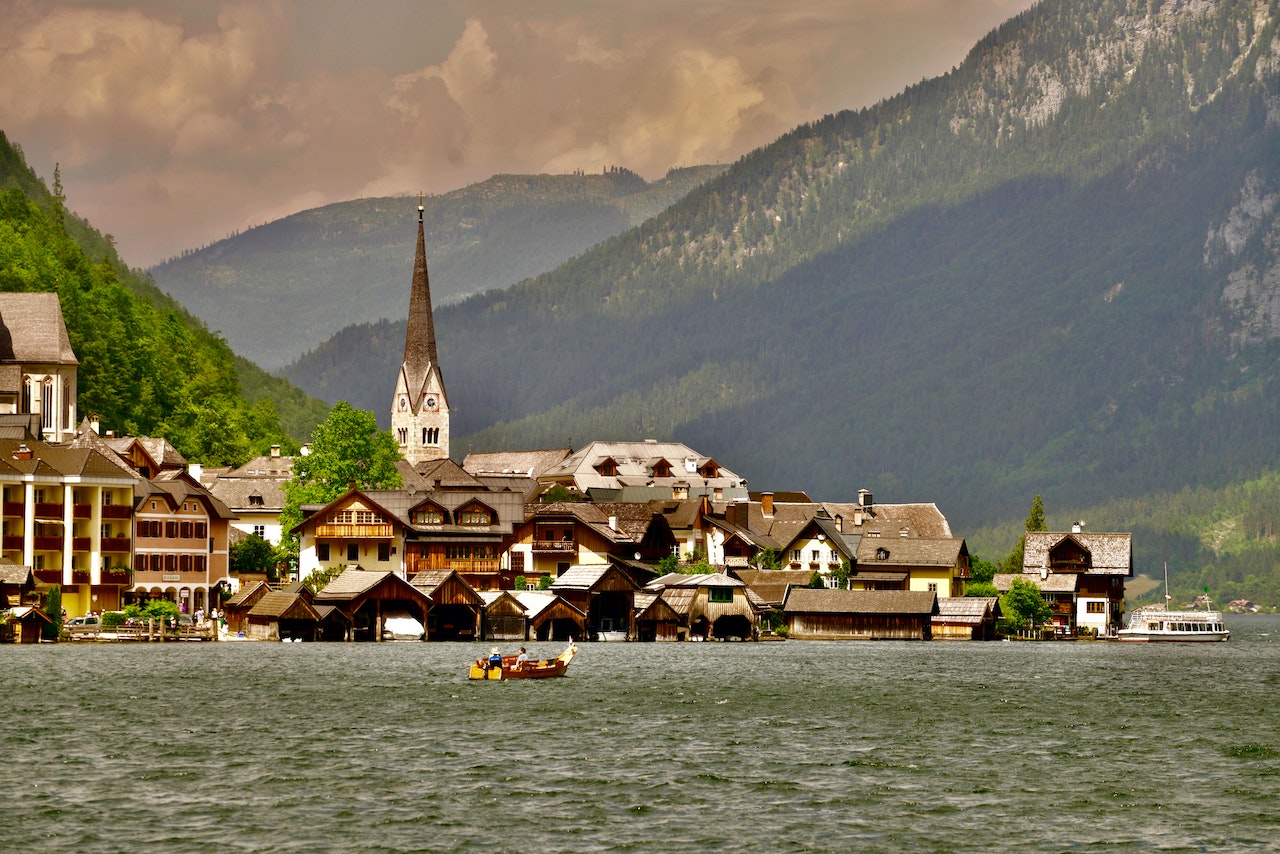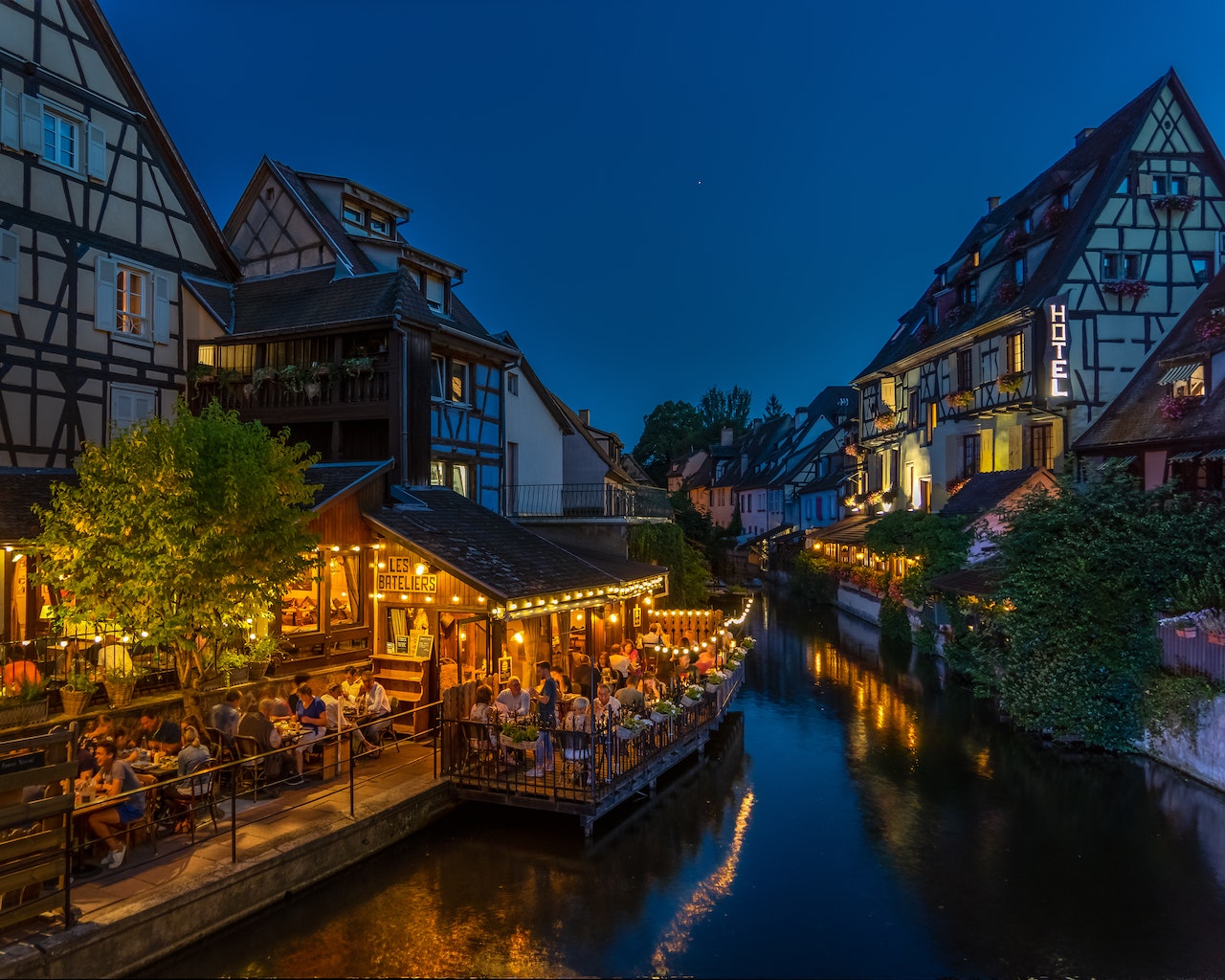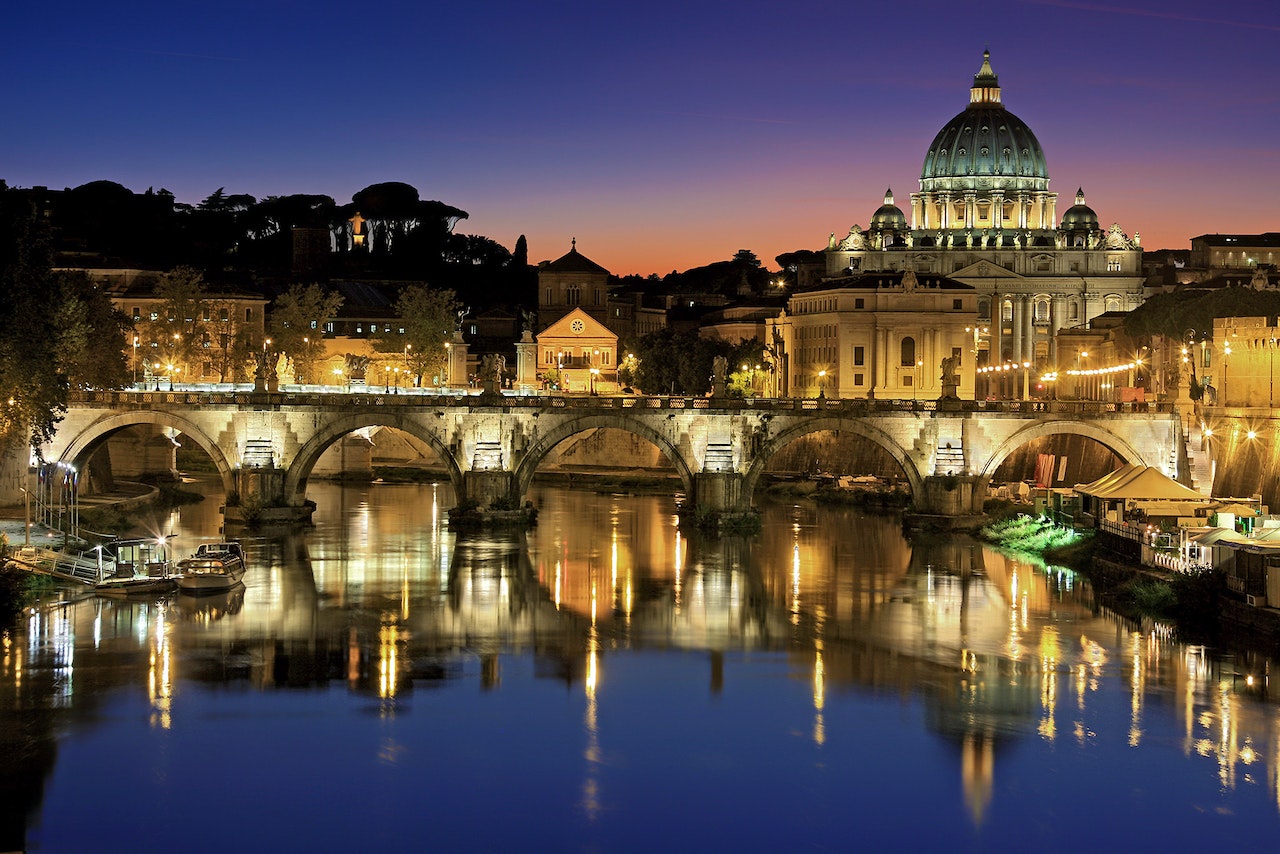Day 1: Arrival in Cancun
Our journey began in Cancun, a vibrant city renowned for its pristine beaches and lively nightlife. However, our objective was not to laze by the beach but to embark on a voyage through time and space to the ancient world of the Mayans.
Day 2: Tulum - The Coastal Beauty
An early morning departure from Cancun took us to the ancient ruins of Tulum, located about 130 kilometers to the south. Standing at the precipice of the cliffside ruins, we were awestruck by the panoramic vista - azure Caribbean sea on one side, and imposing, weather-beaten stone structures on the other. Tulum was one of the last cities built and inhabited by the Mayans. It served as an important seaport, trading turquoise and jade. The main temple, "El Castillo", holds an imposing view over the sea and once served as a lighthouse.
Day 3: Coba - The Ancient City in the Jungle
Our next stop was the Coba ruins nestled deep within the Yucatan jungle. Once a bustling city of 50,000 inhabitants, today Coba is an archaeological site showcasing the grandeur of the Mayan civilization. One of the highlights was the Nohoch Mul pyramid, the tallest pyramid in the Yucatan peninsula, which offered a spectacular view of the surrounding jungle once we managed the steep ascent.
Day 4 & 5: Chichen Itza - The World Wonder
The UNESCO World Heritage site and one of the New Seven Wonders of the World, Chichen Itza, was next on our list. We dedicated two full days to exploring this expansive site, which was once the epicenter of Mayan civilization. From the towering Kukulkan Pyramid (El Castillo) to the mysterious Cenote Sagrado (Sacred Well), every part of the city whispered ancient stories of sacrifice, science, and sport.
The Ball Court, the largest known in the Americas, was a remarkable feat of acoustic engineering - a whisper at one end could be heard clearly at the other, 500 feet away. The Kukulkan Pyramid, with its 365 steps (representing the solar year), was a testament to the Mayans' advanced astronomical knowledge.
Day 6: Uxmal - The Three-times Built City
Next, we journeyed to Uxmal, known as "the three-times built city" in Mayan language. The Governor’s Palace and the Pyramid of the Magician were breathtaking, showcasing intricate Puuc style architecture characterized by ornate geometric and symbolic motifs. The Pyramid of the Magician, according to local legend, was built overnight by a dwarf king.
Day 7: Palenque - The Emerald in the Jungle
Palenque, located in the tropical jungle of the state of Chiapas, was the last on our itinerary. Though smaller in size compared to other sites, Palenque stood out for its sophisticated architecture and sculptures. The Temple of Inscriptions, the tallest building in the city, was a sight to behold. It was named so due to the extensive hieroglyphs found inside that reveal much about ancient Mayan dynasties, mythology, and rites.
Day 8: Departure from Cancun
After seven days of exploring the rich, compelling history of the Mayans, we returned to Cancun for our departure. Each ruin, each glyph, each stone structure left an indelible mark on our hearts and minds. This voyage had not just been about visiting ancient ruins; it had been about unravelling the mysteries of a civilization that had, at its peak, demonstrated an understanding of astronomy, mathematics, and architecture far beyond its time.
As the plane took off, I looked down at the emerald Yucatan Peninsula one last time, knowing that the stories of the Mayans would stay with me forever. It is a journey I would recommend to anyone intrigued by ancient civilizations, history, or even just the concept of time itself.
Stay tuned for more adventures as we continue to unearth history, one ancient civilization at a time. Until then, happy travels!
